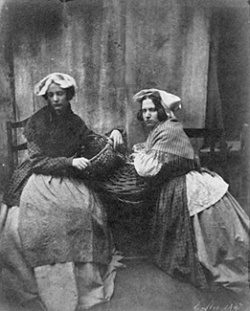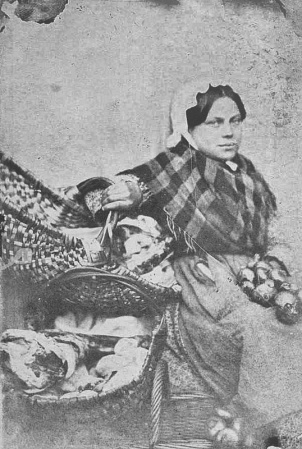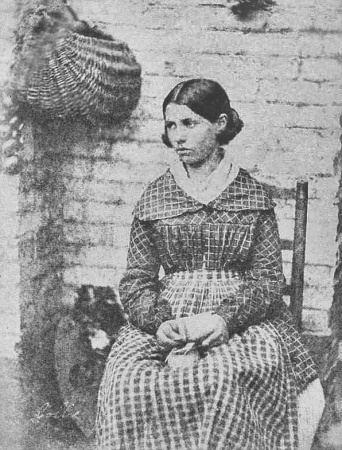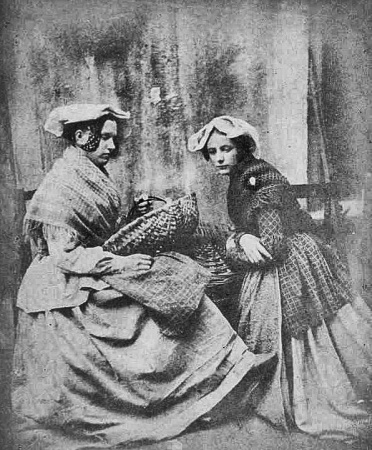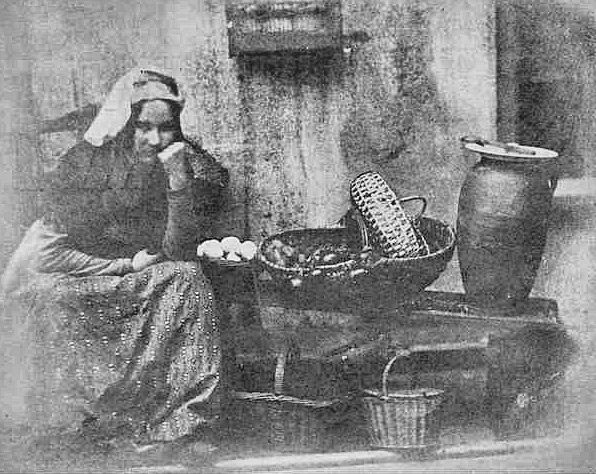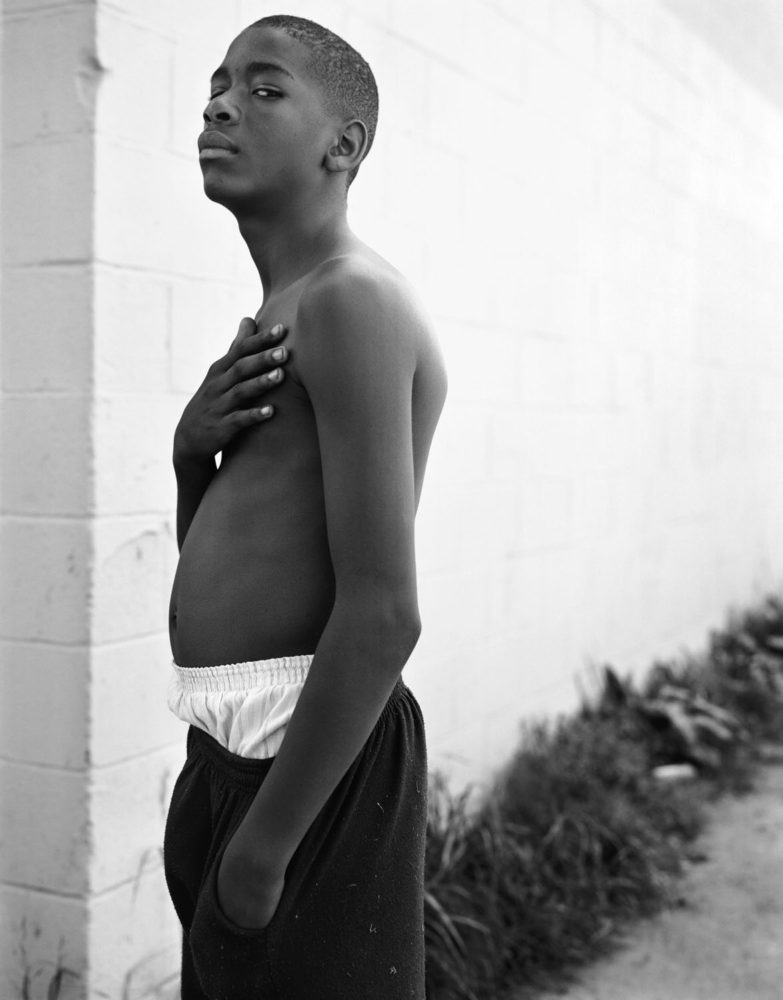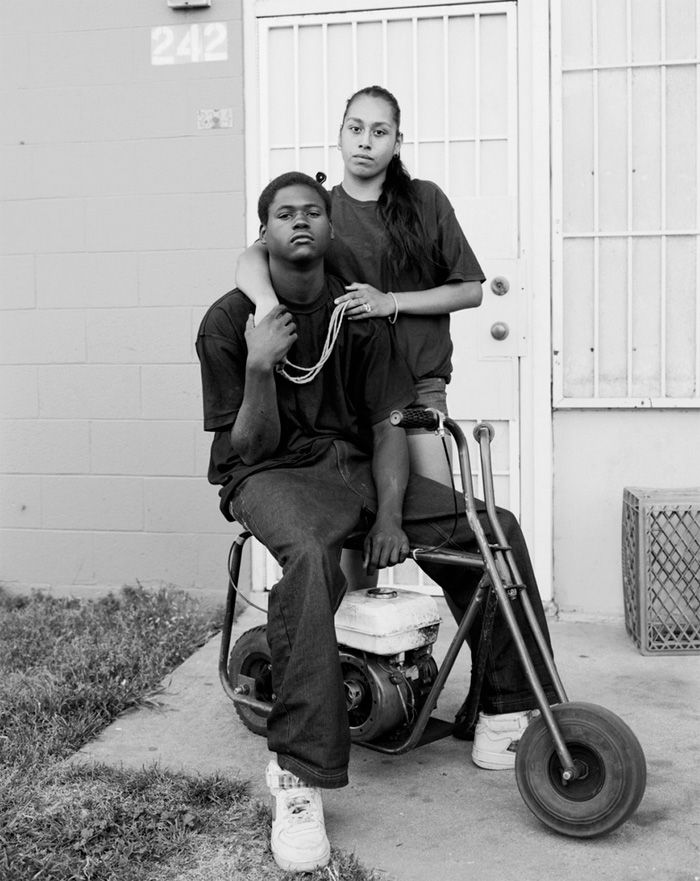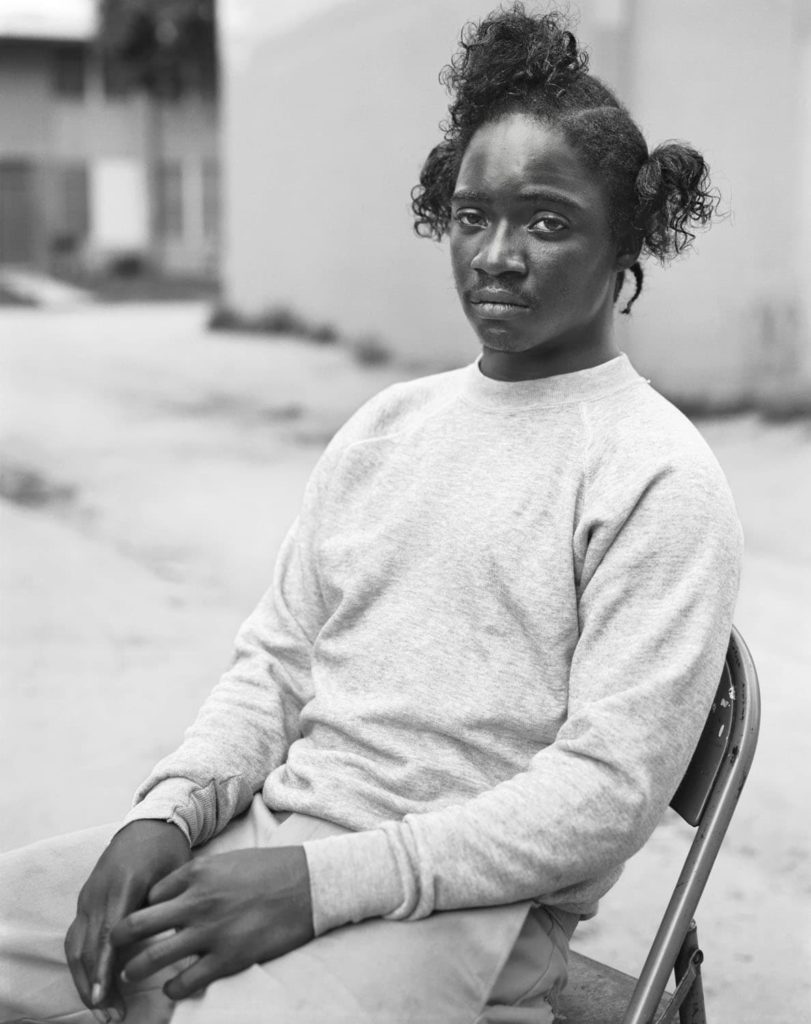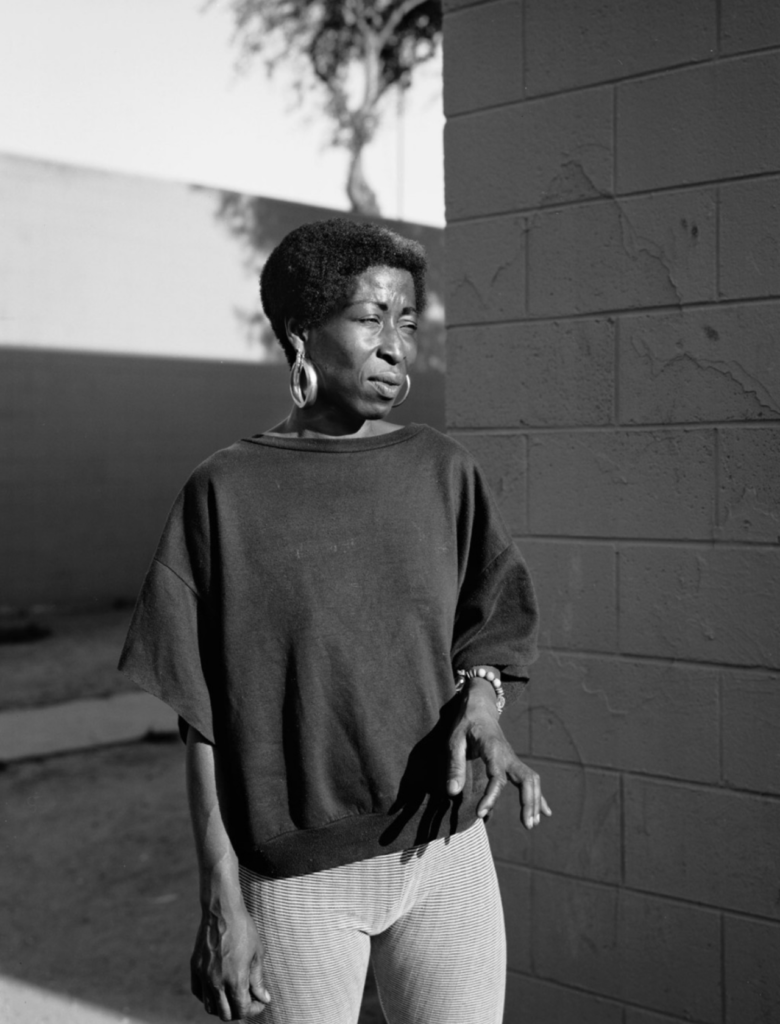William Collie
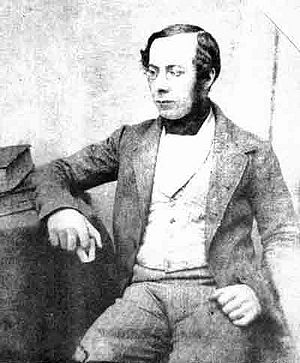
William Collie was a Jersey photographer from the 19th century. He was introduced to me at the societe jersiaise photo archive.
https://societe-jersiaise.org/photographic-archive
William Collie was probably the first photographer to use the calotype process in Jersey. This is a technique, were a sheet of paper coated with silver chloride was exposed to light in a camera obscura; those areas hit by light became dark in tone, yielding a negative image.
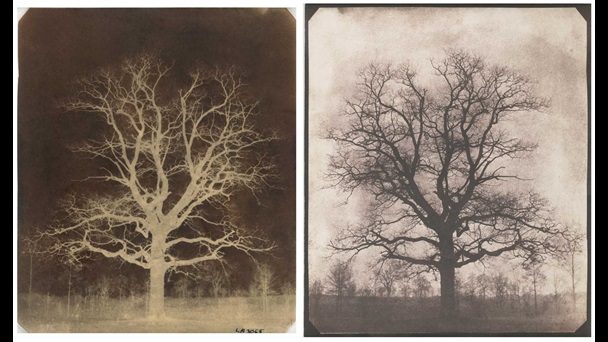
The first pioneer of calotypes was a photographer called Willam Henry Fox.
Some of Colliers previously unpublished photographs featured alongside those of Fox in an exhibition at the Musée Dorsay in Paris in 2008. This exhibition boasted some of the first photographs taken on paper in Britain from 1840 to 1860. Below is one of those photographs. It was taken in 1847. It is of Jersey Market women.

This photograph leads onto the next interesting element to note about Williams work. Williams work capturing these portrait style images was one of the earliest signs of tableau photography recorded. Tableau photography is an intentional form of photographing characters whom are arranged for picturesque or dramatic effect and appear absorbed and completely unaware of the existence of the photographer/viewer.

William shot a series of photographs, some of the oldest in Jersey, of Jersey market women. They were tableau photographs were the women were dressed up to look like market women.
I believe this was a huge step into the progress of photography, specifically photography as an artform. Photography during Colliers era was mainly focused on documentative intentions, photos were mainly used to record events, document, log and report. William was part of the early photographers who brought an essence of art and creativity to photography and these early tableau’s support this notion.

The above photograph is part of Williams ‘Market Women’ collection. The image is of a professionally composed tableau portrait where a young lady is dressed as a Jersey market woman. She is wearing what would be working class clothing of the time. The mise en scene of the image tells the story of a market environment with the hanging basket and what seems to be produce on the ground. The subject has been directed to look away from the lens. This enforces a notion that the subject is absorbed and used to create a dramatic effect; this almost gives the character a sense of elegance but also sovereignty . This sense of emotion the lady is portraying could give us an understanding of the historical context of the image as in the 19th century Jersey saw massive changes in society. A large influx of immigrants from England made Jersey a more connected island than ever before, and brought with it cultural changes and the desire for political reform. During this period, the States reformed to become more representative of the population and the Jersey culture became more anglicised and less religious. The island also grew economically and the built-up areas of the island expanded, especially St Helier, with the development of public transport on the island. This lady could have been represented as a part of this powerful time in St Helier as she is portrayed as a market woman, aiding in the growth of the town. The image has an artistic contrast created by the calotype method of photography that Collier was renowned for. The negative light give a wide tonal range from dark tones in the subjects hair to a pure white tone just an inch down on her collar. This contrast also gives the background a grainy texture as the shadows on the bricks are accentuated.
Dana Lixenberg
Dana Lixenberg is a Dutch photographer and filmmaker. She lives and works in New York and Amsterdam. Lixenberg pursues long-term projects on individuals and communities on the margins of society.

Her work strips down her subjects to their fundamental characteristics. Her photographs allow the viewer to interoperate every element of the characters identity and essence.

Dana uses a large format field camera which are completely mechanical sheet film photography cameras. The process is highly meticulous, none the less Dana sacrifices convenience for high quality negatives. I believe that Danas use of these cameras is also a way of making the photography process a more meaningful tangible affair. This sentimental process is also probably a method of connecting with the subject she is shooting more, as her passion is contagious and will leak into the subject she shoots.
It makes the process what Dana calls a ‘slow dance’ with her subjects.
Dana pursues long-term projects with a primary focus on marginalized communities. One of these projects being Imperial Courts 1993 -2015. It is Lixenberg’s most extensive body of work to date. The project took inspiration directly after the 1992 Rodney King riots. Spanning 22 years, the project tracks the shifting configuration of an underserved community in Watts, Los Angeles. In contrast to the often one dimensional, sensationalized media coverage of this neighborhood, Lixenberg employs a more unobtrusive and community driven photographic approach. Like her other projects, Imperial Courts consists of a series of photographs and a publication. Exploring other media for the first time, Lixenberg also included audio recordings and created a three-channel video installation. The project was awarded the Deutsche Börse Photography Foundation Prize in 2017 and continues to be exhibited internationally.
http://www.imperialcourtsproject.com/
She manages to give us such an in depth look into the residents of this neighbourhood with just street portraiture.

The above is a comparison between William Collie’s image on the left with Dana Lixenberg’s image on the right. Both these photographers are highly evolutionary with the art of photography and telling a story; they both strived to get the most out of their subject. William is pioneering new photographic technology and new styles of shooting portraiture in an artistic way. Dana is evolutionary in the opposite way. She did not try and implement the newest technologies but rather stepped away from the mainstream digital boom of photography she was born into and used older equipment to make her photography a connecting process with her subjects.
Both images are negatives and feature a black and white colour scheme. I believe this allows the viewer to focus on the structure of the image and creates a clear contrast which builds the foundation of the image and shines focus on the features of the character being shot. Both images are composed in a similar way with their subject sat down in a similar way with similar body language. The way their body’s are at a tilt and their hands are together allows both photographers to capture the subjects sense of innocence. The main difference with how the subjects have been composed is that Dana’s is engaging with the camera by looking directly into it; whilst Williams’ subject is pretending the camera isn’t there. Danas portrait makes the viewer feel as if they are engaging with the subject in a personal way whilst William’s is more tableau, making the viewer feel like they are ‘standing on the side-lines’ watching a natural scene take place.
Dana uses a very narrow aperture lens. This gives her image a shallow depth of field and a lot of bokeh. This isolates the subject and creates a neat visual aesthetic with not too many elements clashing. On the other hand William has everything in focus in his portrait. This intentionally allows the viewer to interoperate what environment the woman is in, thus giving her the identity of a market woman.

